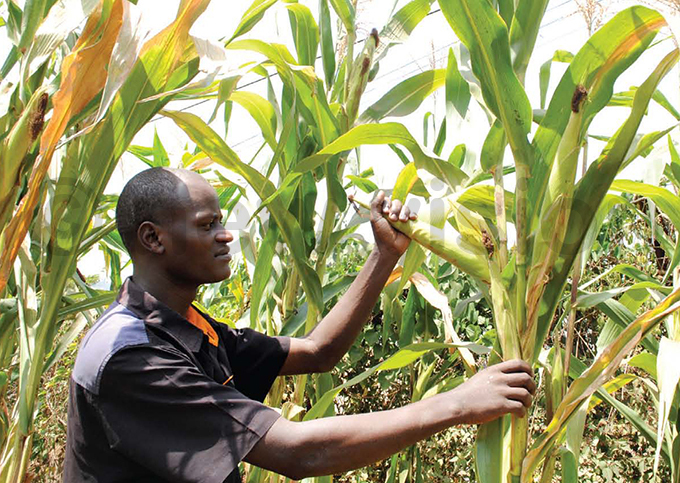Gov't should support urban farming- new study
Jul 28, 2020
Cultivation in urban areas can help to increase resilience to shocks for poor households and can help to emulate the supply of food in urban areas.

Gov't should support urban farming- new study
Nicholas Wassajja
Journalist @New Vision
FARMING
In Urban areas, people rely on casual labor as their main source of income but the same share (1 out of 4 dwellers) also depends on growing and selling food crops, a new study has revealed.
With 47% of Ugandan households depending on agriculture to survive including urban areas where people equally rely on crop farming, civil societies and food rights activities have said, the data should inform government's decision on policies to support urban farming.
According the activists, urban households rely significantly on agriculture for their income and food security, suggesting that urban agriculture is a vital area for support.
"Cultivation in urban areas can help to increase resilience to shocks for poor households and can help to emulate the supply of food in urban areas," Marie Nanyanzi of Sauti za Wananchi at Twaweza said.
All across Uganda, people depend on a number of different sources of income to survive which means that 25% of citizens rely on casual labor as their main source of income; the same share also relies on growing and selling crops according to the study.

In rural households however, growing and selling crops is the main source of income for almost half of households. At the same time 22% depend on casual labor for income, similar to urban areas.
These findings were released by the Food Rights Alliance and Twaweza in a factsheet entitled Livelihoods under COVID-19.
Assessments were based on data from Sauti za Wananchi.
The national survey launched recently was carried out using mobile phones targeting 1,600 respondents across Uganda in May and June 2020.
One of the bigger differences between rural and urban households is the reliance on formal employment or a salaried job: twice as many urban Ugandans (13%) rely on this as rural Ugandans (7%).
However, 16% of rural households are more likely to generate income from animals and animal products the 9% of urban ones.
Although urban households are more likely to be engaged in different types of businesses, the differences between rural and urban areas is not very large, 14% of rural households and 17% of urban rely on retail or manufacturing businesses while 13% of rural households and 18% of urban homes rely on non-agricultural service businesses.
Interestingly, 1 out of 10 urban households (8%) depend on remittances compared to 1 out of 20 (6%) rural homes.
"Looking at agricultural activities more generally, half of rural Ugandan households (54%) grow food crops compared to 1 out of 3 urban households (32%).
Livestock rearing is also more common among rural homes (20%) than urban ones (12%)."
This planting season seems to have generated some challenges: 4 out of 10 farming households (38%) planted less compared to the last season. A further 4 out of 10 (38%) planted the same as the previous season and 2 out of 10 households (24%) planted more.
Agnes Kirabo, the Executive Director Food Rights Alliance said "Agricultural production is the bedrock of people's livelihoods and survival, in both rural and urban settings."
She added that although the report shows high levels of dependence on agriculture among Ugandans, the sector has not received appropriate consideration in terms of planning, governance and budget allocations.
"The COVID-19 pandemic is a stark reminder to government to restore the agricultural sector to primacy given its role in macro-economic stability, human security and national stability. Appropriate interventions in planning, financing and governance are required as a matter of urgency," she said.

No Comment